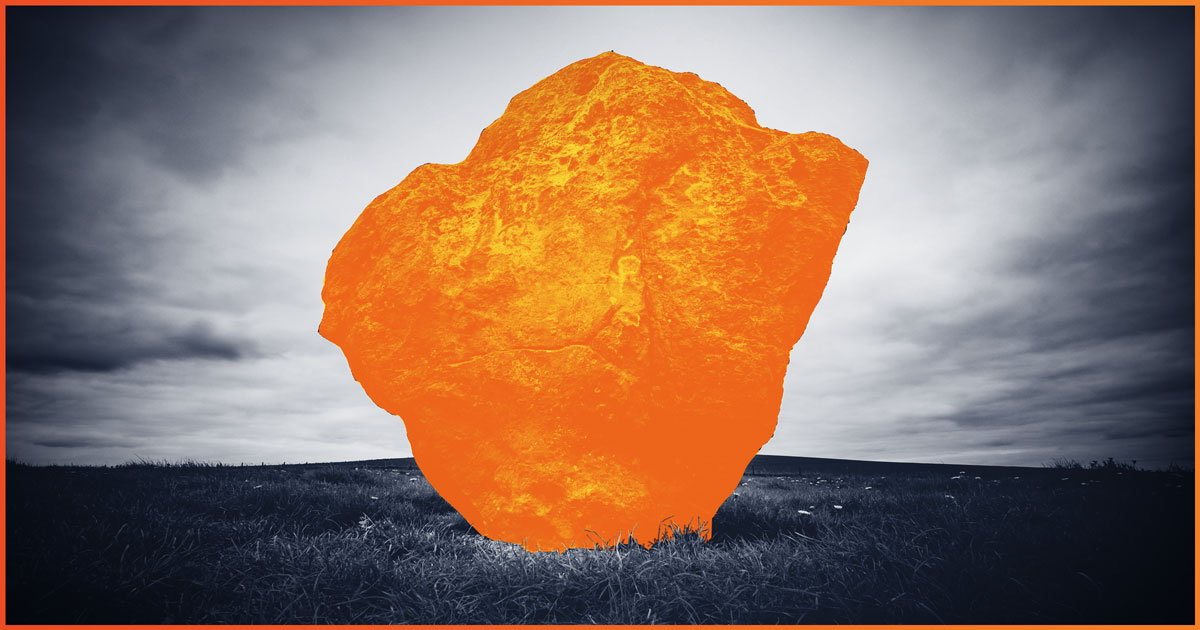
When you have two owners, how do you decide which is the Visionary and which is the Integrator? Short of playing eenie-meenie-miney-moe or rocks-paper-scissors, who “gets” which seat?
Here’s the great news: it’s simple, and EOS® can help!
Build The Accountability Chart® for the Greater Good
When you start Running on EOS™, you build The Accountability Chart for the future needs of the business (6-12 months from now). From there, you put the right people in the right seats.
There’s no rule in EOS (or anywhere else for that matter) that says owners must be the Visionary and/or the Integrator. Sometimes, owners who love doing hands-on work just want someone else to handle all the leadership stuff.
Great! I say let them continue to get their hands dirty instead of delegating away their genius.
If either or both owners aren’t the right people for the Visionary or Integrator seat, you find someone else who is. It’s that simple. Here’s the bad news. Simple doesn’t mean easy.
And the Owner Belongs…
Many owners assume they should be the Visionary or the Integrator. Once they start Running on EOS™ and learning about Rocket Fuel™ and the two seats at the top of The Accountability Chart, owners make some assumptions about their roles.
Of course, they’ll sit in the Visionary seat (didn’t they have the vision to create this company?). Or, of course, the other owner should sit in the Integrator’s seat (they can handle the details). Or, of course, as the owners, they should sit at the top. Perhaps they feel they have to lead the company because the last generation of the family did, too.
Many owners just assume that is how business works. They see it played out all the time on TV. One of my favorite shows (even though it frustrates the heck out of me) is Restaurant Impossible. Robert Irvine always talks with the owners about how they have run the restaurant. That is simply not true, but they also can’t let the business run them.
Family Ties Don’t Have to Bind
It can be incredibly humbling for an owner (especially in a family business) to step down and not run the business.
I know of an owner in a family business who was the oldest brother in the second generation. For most of his life, he was told he would run the business someday, which he had done for over 15 years.
When he and his siblings decided to run on EOS, it became clear that the youngest brother would be the better Integrator. The oldest brother could see it in The Accountability Chart. When they completed the V/TO®, he knew he didn’t have the energy to lead the company to their 10-Year Target™. The writing was on the wall (okay, on the whiteboard) in front of him.
The oldest brother stepped down in their first quarterly meeting. He told the leadership team he knew he was better suited to run marketing than to try to fill the Integrator seat. That took humility, honesty, and keeping the greater good of the organization in mind to make his decision. His ego wasn’t invited.
Owners, Know Your Role
As an owner, if you ultimately do end up sitting in the Visionary or Integrator seat, make sure you’re being honest. Be honest with yourself that this truly aligns with your Personal Core Focus. Does your sitting in that seat best serve the organization?
If you’re not sure where you belong, consider taking the Rocket Fuel™ Crystallizer Assessment® to help guide your conversations.
Also, understand that as the business grows and develops, it will have different needs, and you may no longer be the right person in the right seat. If you no longer are the right person, this isn’t a shortcoming. Heck, as you grow and develop as a person, you may no longer even want the seat anymore. The key is to be honest with yourself and accept the feedback from your leadership team. And, of course, always ALWAYS keep the greater good of the organization in mind.
Leave the eenie-meenie-miney-moe methods for important things, like who picks where to get lunch.





